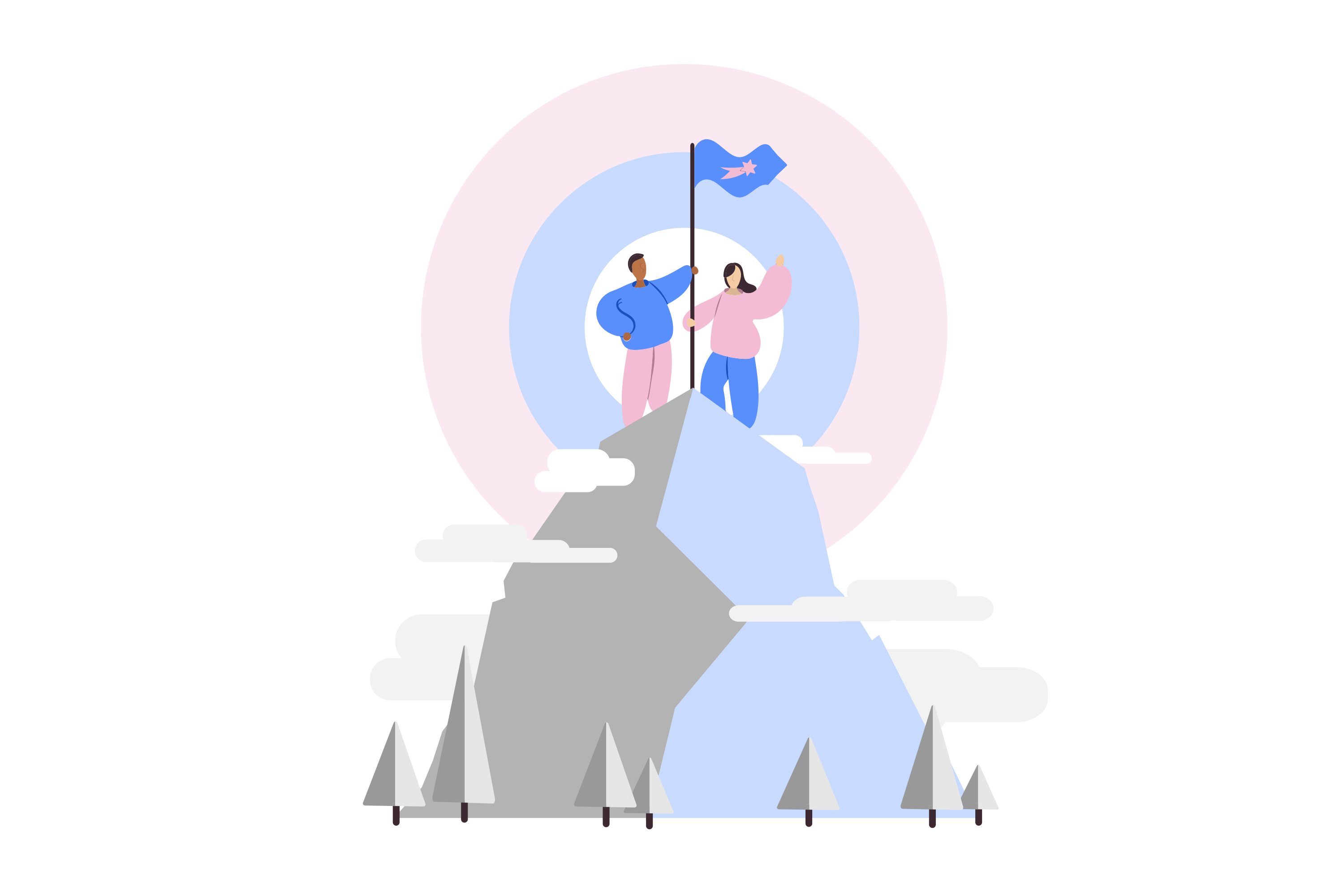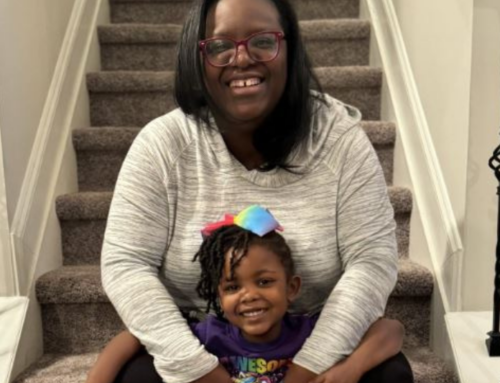There is a growing body of research that suggests that leadership for human services in the 21st century should be grounded in real work and focused on competencies required for success in different leadership roles. Change Matrix has focused on these top competencies and has created a framework that supports the development of these competencies through a variety of teaching experiences and coaching.
Objectives:
- Recognize that leadership is a developmental process
- Understanding leadership qualities/traits as both dispositional and situational. Dispositional traits can and may evolve based on situations. Somewhere in the nexus of disposition and situation, there is choice on how to address change.
- Guide a process of change understanding that all phases of change require leadership. Leaders motivate, manage, and measure change.
- Differentiating that leadership works best when it motivates others to do their best. Leaders manage the collective efforts of a group into an achievable whole, and measure the impact so that efforts are sustainable.
- Implementing leadership as a multi-disciplinary approach that requires knowledge and skill development in multiple areas.
Components of CM Approach
Leadership is a continuous process of growth and introspection rather than a skill set to rely on periodically. It requires a leader to reflect on, acknowledge and perhaps evolve their way of being and the way they view the world. Therefore, the approach must be interactive, theoretical, and experiential so that the leader can practice both the art and science of leadership.
Leadership disciplines include: leadership theory, leadership competencies, change management, leading equity work, engaging conflict, collaborating effectively, and evaluation, accountability, and quality.
Leadership Development Methods
Individuals learn in a variety of ways depending on their personal style as well as their developmental stage. For that reason, CM employs a variety of methods to support leadership growth and development. CM will create curricula tailored to meet the specific needs and goals of the individual or group. This is a sample list of possible methods:
- Presentation: There is much to learn from leadership literature as well as literature from other disciplines. Presentation can take place in an intense format over a period of a few days in a face-to-face meeting and over the course of several months to a year through distance learning.
- Role play/experience: Experience is a critical form of learning for adults. It takes place in the form of scenarios/vignettes and role plays in a on-site training setting, and experiential activities back at work. Peer groups: Peers at a similar place in their leadership development can provide insight and support to each other.
- Journaling: As personal reflection is required for the leader to evolve continuously in their leadership knowledge and skills, journals may be provided for individual use.
- Coaching: Leadership is an individual journey. A leadership coach guides and supports personal development at any, and all stages of the model.
- Mentoring: For many organizations, it is important to create a sustainable and evolving culture of leadership where those who are farther along in their leadership development mentor those in the beginning stages.
- Leadership Roundtable: For this framework to remain dynamic, a roundtable of effective leaders are convened to engage in a dialogue on the role of leaders, effective leadership strategies both employed and observed as well as strategies leaders must look to develop.
CM Training Examples
Leadership Development for Systems of Care
Leadership Development for Addressing Health Disparities
Leading for Effective Intellectual Disabilities Services Provision
Leadership Development for State Mental Health Personnel
Leadership for the Integration of Cultural and Linguistic Competence
Healthy Youth Leadership Institute
Addressing Health Disparities Leadership Program
Leadership Development and Coaching for Project Directors
Audience
Administrators, Directors, Manager, Program/Project Leads, Advocates, Leadership Teams, Grant Leaders, Organizational/Clinical Leaders, Community Leaders, Youth/Young Adult Leaders




